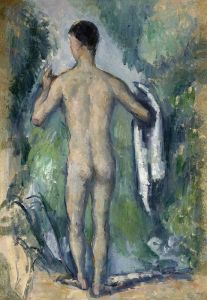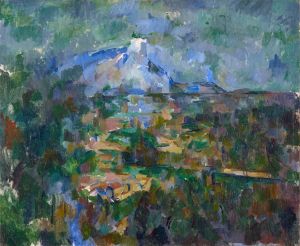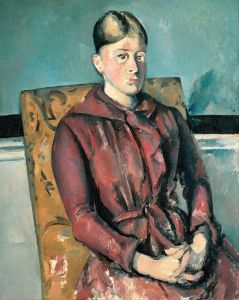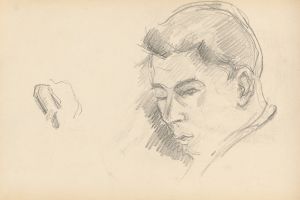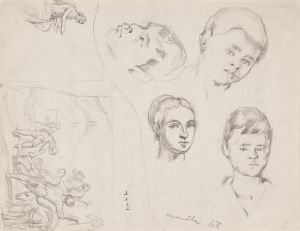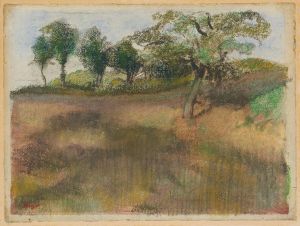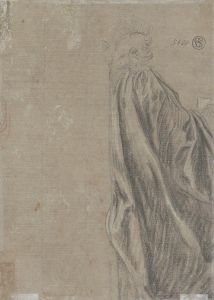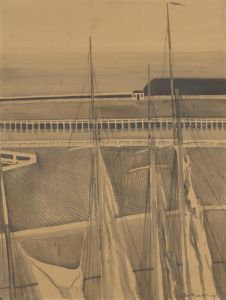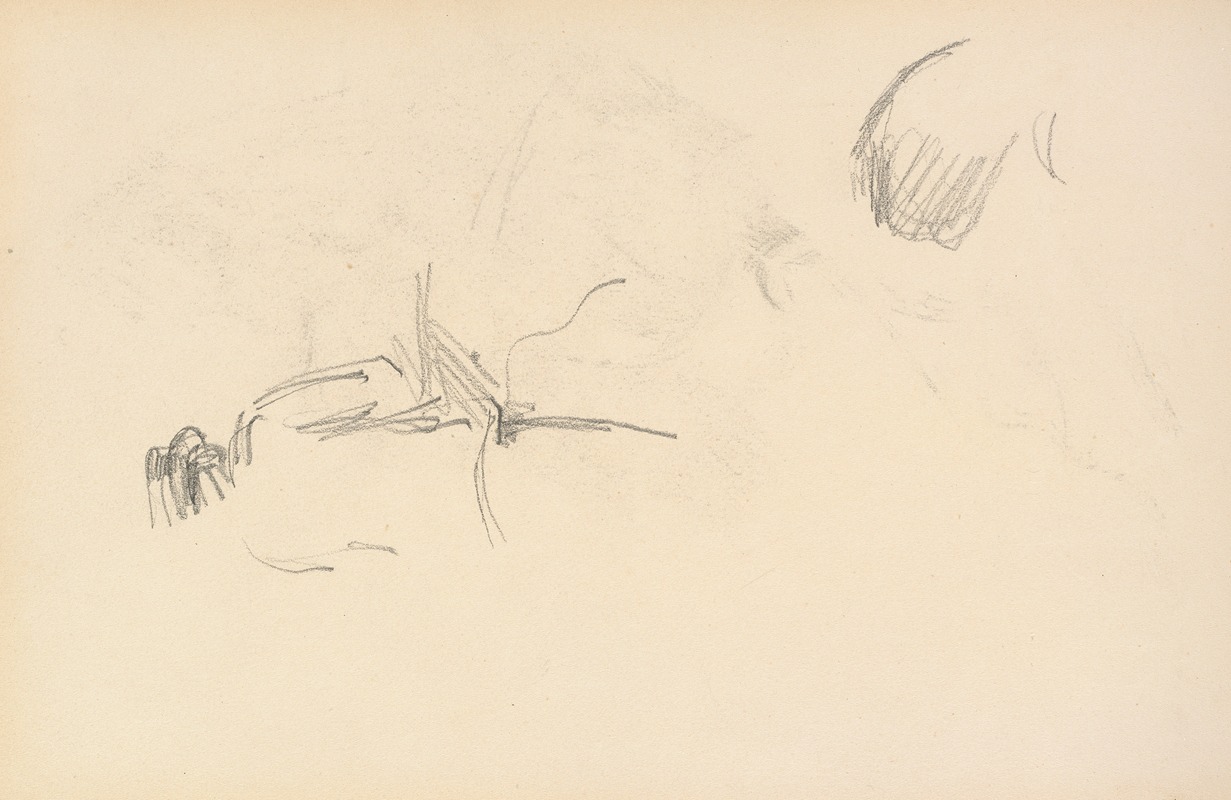
A Man seen from Behind
A hand-painted replica of Paul Cézanne’s masterpiece A Man seen from Behind, meticulously crafted by professional artists to capture the true essence of the original. Each piece is created with museum-quality canvas and rare mineral pigments, carefully painted by experienced artists with delicate brushstrokes and rich, layered colors to perfectly recreate the texture of the original artwork. Unlike machine-printed reproductions, this hand-painted version brings the painting to life, infused with the artist’s emotions and skill in every stroke. Whether for personal collection or home decoration, it instantly elevates the artistic atmosphere of any space.
Paul Cézanne, a pivotal figure in the transition from 19th-century Impressionism to 20th-century Cubism, is renowned for his unique approach to form and color. One of his lesser-known works, "A Man Seen from Behind," exemplifies his innovative style and technique. Although not as famous as his series of Mont Sainte-Victoire or his still lifes, this painting provides insight into Cézanne's artistic process and his exploration of human form.
"A Man Seen from Behind" is believed to have been painted in the late 19th century, a period when Cézanne was deeply engaged in studying the human figure. The painting depicts a male figure viewed from the back, a perspective that allows Cézanne to focus on the structure and volume of the human body without the distraction of facial features. This approach aligns with Cézanne's interest in reducing natural forms to their geometric essentials, a technique that would later influence artists like Pablo Picasso and Georges Braque.
Cézanne's brushwork in this painting is characteristic of his mature style, marked by short, hatched brushstrokes that build up the form and create a sense of depth and solidity. The color palette is subdued, with earthy tones that emphasize the contours and musculature of the figure. This restrained use of color is typical of Cézanne's work during this period, reflecting his belief in the primacy of form over color.
The composition of "A Man Seen from Behind" is simple yet powerful. The figure occupies the central position in the canvas, commanding the viewer's attention. The background is minimally detailed, which serves to highlight the figure's form and posture. This focus on the human body, devoid of any narrative context, underscores Cézanne's interest in the formal qualities of painting rather than storytelling.
Cézanne's exploration of the human figure in this painting can be seen as part of his broader quest to capture the essence of his subjects. He once stated that he wanted to "make of Impressionism something solid and durable, like the art of museums." In "A Man Seen from Behind," this ambition is evident in the way he constructs the figure with a sense of permanence and weight.
While "A Man Seen from Behind" may not be as widely recognized as some of Cézanne's other works, it remains an important piece within his oeuvre. It reflects his ongoing experimentation with form and his influence on the development of modern art. Cézanne's ability to convey the complexity of human anatomy through simple, geometric shapes laid the groundwork for future artistic movements and solidified his legacy as a master of post-Impressionism.
In summary, "A Man Seen from Behind" is a testament to Paul Cézanne's innovative approach to painting. Through its focus on form, structure, and the human figure, the painting exemplifies the artist's contribution to the evolution of modern art and his enduring influence on subsequent generations of artists.







